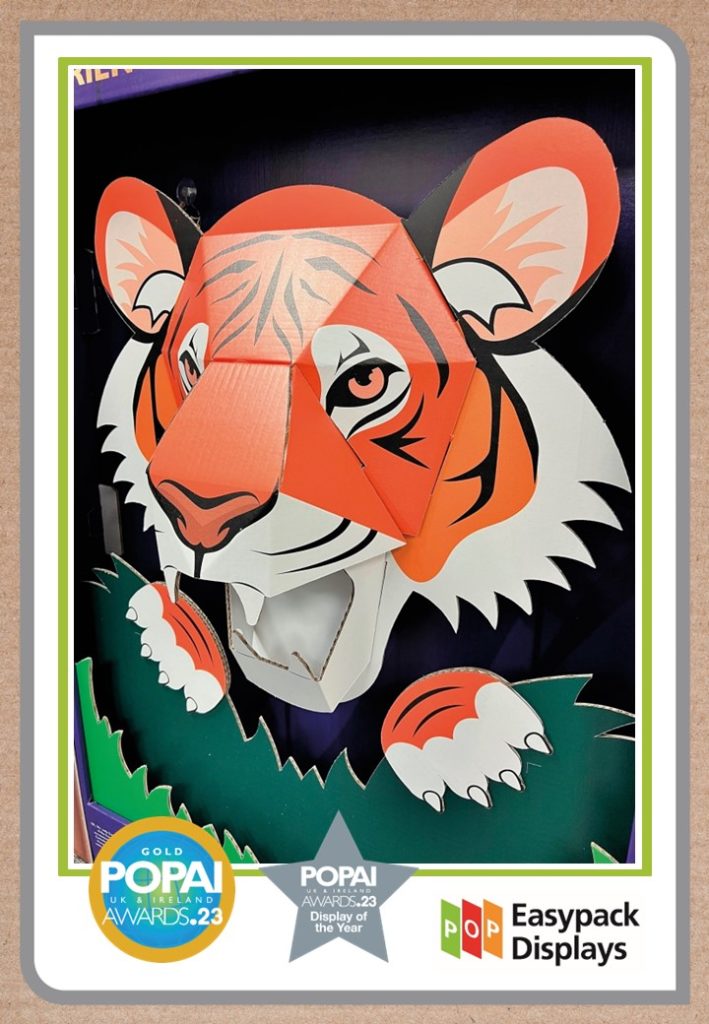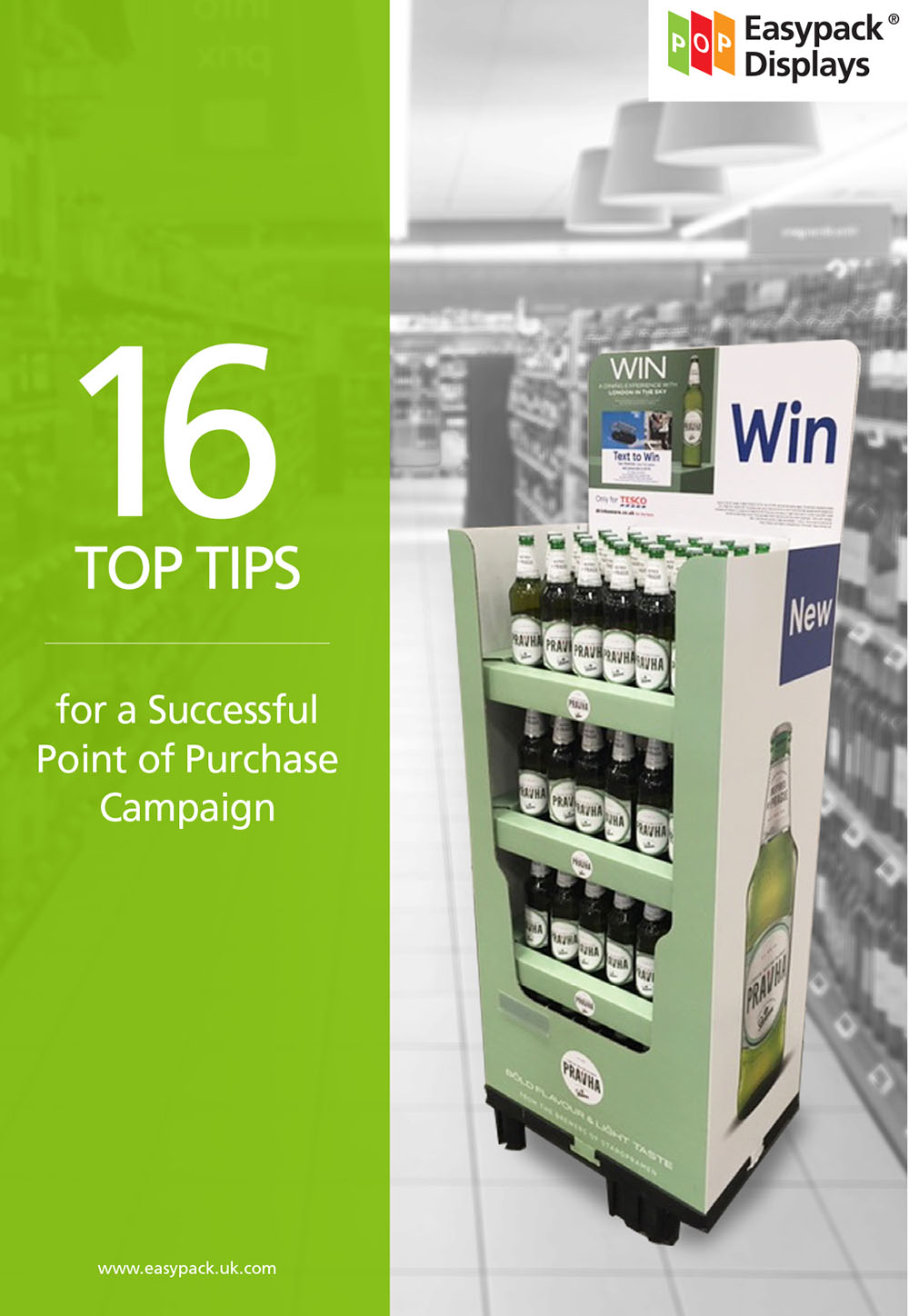Project Management
Project Management, supporting you in bringing your cardboard display solutions to life
When you are strategising for your next corrugated cardboard temporary cardboard display stand with the Easypack Display team, you’ll find that our project management processes are designed to be thorough and efficient, giving you the most appropriate and valuable solution and on time in full delivery.
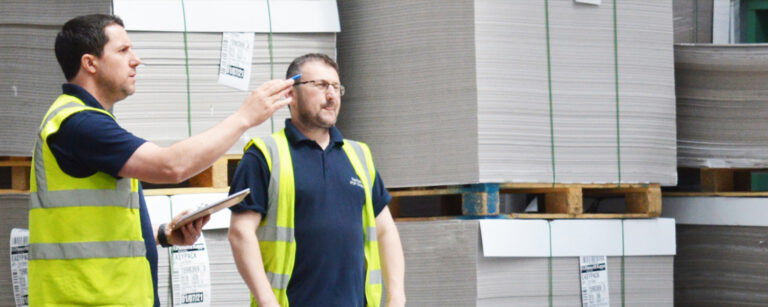
By taking a collaborative approach and working closely with you to fully understand your goals and objectives, your knowledge and ours is combined so leveraging the outcomes positively. This approach to project management means that each project component is completed with meticulous attention to detail and adheres to your, and our, high standards.
Easypack Displays have dedicated teams of specialists in their respective fields, so you can be confident that your project is in capable hands. Experience has taught us valuable lessons that we apply to every new design, allowing us to continuously improve and stay at the forefront of design technologies. This commitment to innovation enables us to push the boundaries and create temporary visual display solutions that are unique, impactful and well managed, and that work.
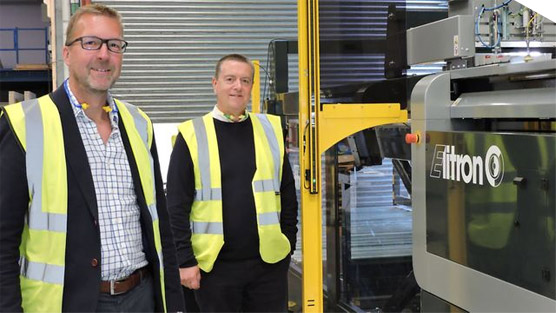
Over the decades we’ve found that it can be easy for anybody to miss things when busy, so as project management is reliant upon detail, we have created a valuable resource as a guide to your success. The Easypack Displays comprehensive ’16 Top Tips for a Successful Point of Purchase Campaign’ , provides you with insights and best practices to maximise the effectiveness of your temporary cardboard displays. Whether new to cardboard displays or a seasoned professional, this guide can help ensure every step works perectly.
You can easily access this guide using the link below.
If you’d rather find out about the 16 Top Tips here on the website, here’s an outline of each of them in order
TIP 1.
Establish How Your Project
Brief Will Be Received and
Responded To…
A TIMELY RESPONSE
You may want an idea of pricing from a supplier, or to establish compatibility for your project. It could be time sensitive or simple and easy. So, a timely, preliminary
response is useful; your prospective supplier should respond for your benefit not theirs.
YOUR BRIEF
How your brief is received and dealt with may seem like a trivial matter but it can make a big difference. Suppliers visiting for every brief can incur unnecessary costs on your behalf, but taking all briefs by email or phone can mean missed information or instruction which can result in increased costs.
Ideally your potential supplier would take your brief in a way that is most appropriate for you, the product, the complexity and time frames, but always to suit your needs. If it’s a loose brief sent via a website you may receive a call to clarify detail, or your brief may be ‘worked up’ as a basic structural design so that accurate costings can be prepared.
COMMUNICATION
Often your project can move quicker, and your costs kept to a minimum, by communicating on email or by ‘phone, but there are times when meetings are
necessary. Complex projects can mean meetings are the only way to ensure everyone understands the instructions.
So ensure your provider is happy to meet and has the capacity to do so. You should anticipate and expect
a prompt response to your brief or enquiry.
If in doubt ask, more questions!
TIP 2.
The Importance of Your
Critical Path/Timeline
THE FIRST STEP
Your supplier’s first step should be your Critical Path/Timeline (the control document for your project.)
The most important date is your in-store date, when your promotion goes live – one date that can never fail to be met.
HOW IT WORKS
Your critical path works backwards from your in-store date, with milestones, key activities and dates logged to ensure a smooth and trouble free operation and to
make sure your product is always in-store on time.
CRITICAL PATH EXAMPLE
Here’s an example of a Critical Path/Timeline. Any supplier you use would ideally work to something similar.
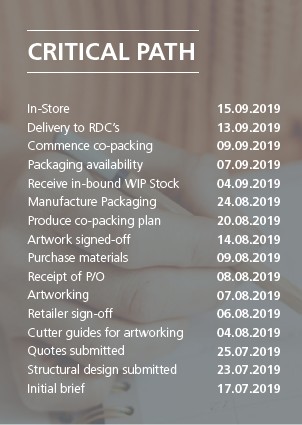
TIP 3.
Agree the Receipt of Your Conceptual Design
Visuals Early in the Process
WHY YOU NEED VISUALS
When looking for ideas, it’s important to establish that your supplier has a good understanding of your objectives for your display packaging.
So, agree that you will receive conceptual design visuals early in the process and that they aren’t afraid to put forward fresh and innovative ideas, rather
than simply give you what you ask for without considering what else could be done to get you a better result.
Your supplier will likely complete visuals as blank white examples, but if you have any artwork, give it to your supplier at this stage to enable them
to produce them in colour, giving you a better understanding of what’s being suggested.
Social Media
Constantly updated with informative and interesting content.


